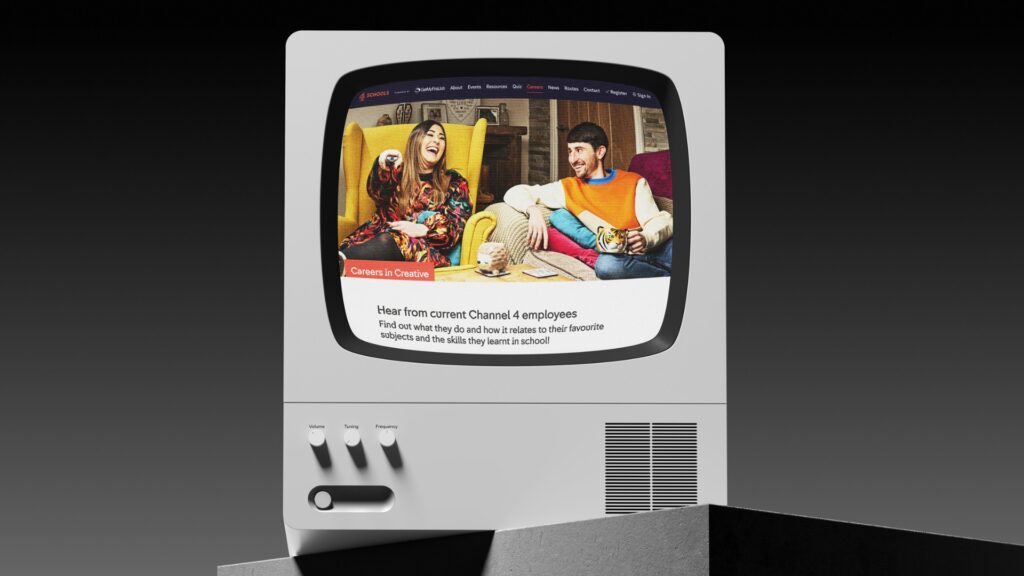In 2025, responsive web design isn’t just a convenience; it’s a fundamental necessity. With the ever-growing number of mobile users and increasing web traffic coming from a range of devices, a responsive website ensures that your business stays relevant, competitive, and accessible. Here’s a comprehensive breakdown of why responsive web design is no longer optional.
Why You Should Invest in Responsive Web Design
1. Mobile Traffic is the Majority
In 2025, mobile devices account for over half of global web traffic—and that number continues to rise. Whether your audience is browsing while commuting, shopping online, or browsing for services during their lunch break, they expect seamless experiences across all devices. A responsive design ensures that no matter what device your users are on—be it smartphones, tablets, or desktops—they receive an optimised and engaging experience.
Why it matters:
- User Expectations: If your site doesn’t adapt to mobile, users are likely to leave within seconds. A responsive design ensures your site delivers consistent functionality, speed, and usability across every screen size.
- Global Reach: With mobile usage spanning the globe, your business can reach diverse demographics, from urban professionals to rural consumers. A mobile-optimised site bridges the gap between audiences and creates a positive first impression.
2. Improved User Experience (UX) Across Devices
Mobile-first web design doesn’t just apply to the smallest screens. A responsive design is about delivering an optimal experience regardless of device size. It enhances everything from navigation to content presentation, ensuring users can easily find what they need, stay engaged, and complete conversions.
Deep Dive:
- Navigation: On mobile devices, navigation needs to be intuitive and touch-friendly. A mobile-optimised menu makes browsing effortless.
- Readability: Fonts, images, and text blocks need to adjust seamlessly to different screen sizes. Content should be legible without zooming in or scrolling horizontally.
- Call to Action (CTA): Buttons and CTAs should be large enough for mobile users to tap easily, without frustration.
Responsive web design means ensuring the layout, visuals, and interactivity are automatically adjusted to suit any screen size, so users never feel “disconnected” from your brand.
3. SEO Benefits and Higher Rankings
Search engines, especially Google, have long prioritised mobile-friendly websites in their rankings. Websites that don’t offer a responsive experience risk ranking lower in search results, especially since mobile-first indexing was rolled out. Google uses the mobile version of your site to rank it, meaning if your mobile site is subpar, your overall rankings will drop.
How Responsive Web Design Enhances SEO:
- Faster Load Times: Mobile-optimised sites typically load faster, which plays a crucial role in search engine algorithms. A fast site keeps users engaged, improving SEO signals such as bounce rate and average session duration.
- Single URL for All Devices: A responsive design uses a single URL for both desktop and mobile versions, meaning all link equity, social shares, and SEO efforts are consolidated, improving overall site performance.
- Rich User Experience Signals: Google’s algorithms assess how users engage with content. A mobile-optimised site, with easy navigation and fast load times, increases user satisfaction and engagement, directly benefiting your SEO rankings.
4. Cost-Effectiveness and Operational Efficiency
Before responsive design became standard, businesses often developed separate websites for desktop and mobile. This required more resources, time, and cost. With responsive web design, you only need one website that adapts to any screen size, which not only reduces development time but also streamlines ongoing maintenance.
Key Benefits:
- Lower Development Costs: Maintaining a single responsive site is more affordable than managing multiple sites for different devices.
- Easier Updates: Changes to content, images, or features can be applied to the entire site at once, rather than updating separate desktop and mobile sites.
- Consistent Analytics: With a unified site, tracking and analysing traffic data becomes more straightforward, as all users are interacting with the same site and URL.
This efficiency results in more resources for other areas of your business while ensuring that the website remains optimised for every device.
5. Adaptability for Future Devices
As new technologies emerge, so do new devices with varying screen sizes. The market is rapidly evolving, and the internet of things (IoT) is on the rise, with more devices like wearables, smart TVs, and other tech accessing the web. A responsive design ensures that your website can easily adapt to these new devices without requiring major redesigns.
How It Works:
- Flexible Layouts: The responsive framework is built on flexible grids and media queries that allow the layout to adjust dynamically.
- Future-Proofing: As new devices are released, a responsive website automatically adjusts to fit their specifications, ensuring your site is always optimised for whatever technology comes next.
This ability to future-proof your web design ensures your business remains competitive, regardless of technological advances.
6. Increased Conversions and ROI
It’s no surprise that responsive web design leads to higher conversion rates. When users experience a seamless, engaging experience across devices, they’re more likely to complete key actions—whether that’s purchasing a product, filling out a contact form, or subscribing to a service.
Why Responsive Design Boosts Conversions:
- Frictionless Mobile Experience: When mobile users find a site that works perfectly on their device, they’re more likely to engage with the content, stay on the site longer, and ultimately convert.
- Cross-Device Shopping: Many consumers browse on mobile but purchase on desktop. A consistent experience across devices helps users transition between them, driving conversions and sales.
Studies have shown that businesses with responsive sites see higher engagement and sales, making it a direct driver of return on investment.
CreativeFolks: Your Partner for Responsive Web Design
At CreativeFolks, we understand that responsive web design is not just a trend but a critical aspect of any successful web strategy. We specialise in crafting user-friendly, mobile-optimised websites that look great and perform well across all devices. Our responsive web designs are built with future scalability in mind, ensuring your website can grow with your business.
If you’re ready to make your website accessible, engaging, and optimised for 2025 and beyond, reach out to CreativeFolks. Let’s build a website that elevates your brand and drives results.
Get in touch today on 01604 420 430, or send us a message via our contact page.













